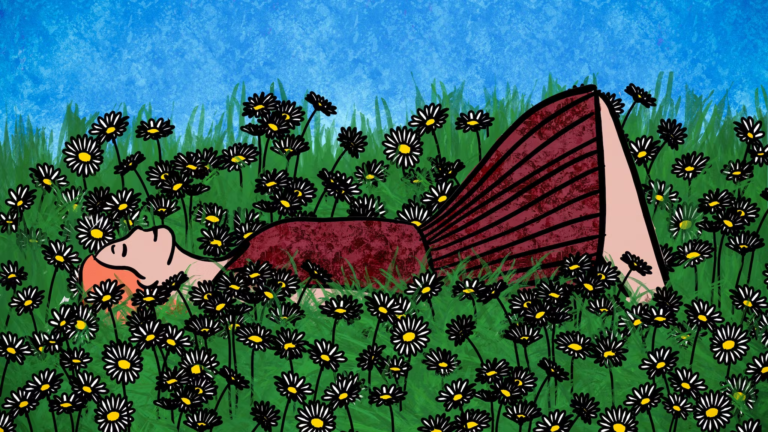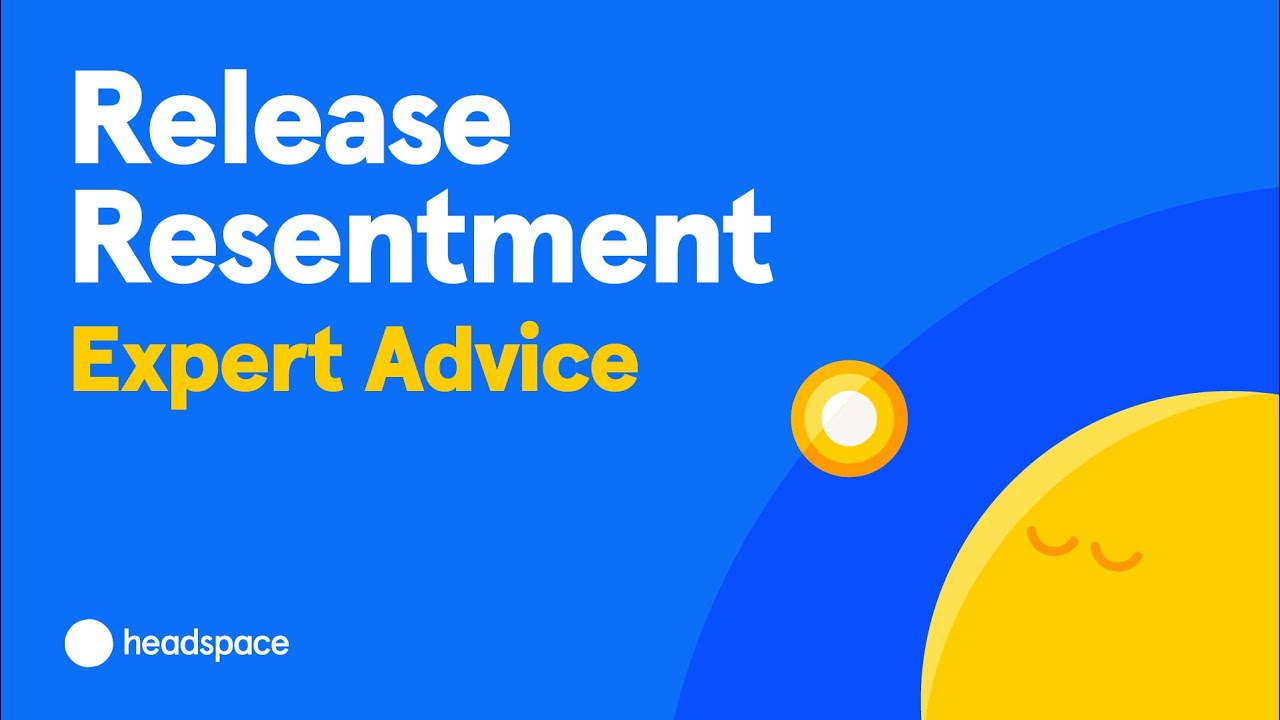We are in a constant search for something – monetary gains, power, fame, a better house to live in, faster car, better phone, etc., it is a never-ending pursuit of happiness of sensory gratification.
This might give us happiness, but is that permanent? Can joy be a way of being and not just a temporary feeling?
Diving deep into the true meaning of happiness and joy, Dalai Lama and Archbishop Desmond Tutu in the book, The Book of Joy, put forth a whole new perspective on cultivating true joy.
Dalai Lama elucidated, “Now if we look at today’s materialistic life people seem mainly concerned with sensory experiences. So that’s why their satisfaction is very limited and brief, since their experience of happiness is so dependent on external stimuli. For example, so long as the music is playing, they feel happy. When something good is happening, they are happy. Good food, they are happy. When these things stop, then they feel bored, restless, and unhappy. Of course this is nothing new. Even in the time of the Buddha, people would fall into the trap of thinking that sensory experience would bring them happiness.”
So how does one transcend this temporary experience and make joy a deeper state of being? Let’s look into the secrets to being in a state of joy
“…you have to pay more attention to the mental level of joy and happiness. Not just physical pleasure, but satisfaction at the level of mind. This is true joyfulness. When you are joyful and happy at the mental level, physical pain doesn’t matter very much. But if there is no joy or happiness at the mental level, too much worrying, too much fear, then even physical comforts and pleasure will not soothe your mental discomfort.”
The 4 circuits in the brain that lead to lasting wellbeing
According to the neuroscientist, Richard Davidson, there are four independent brain circuits that influence our lasting wellbeing. The first one is our ability to maintain positive states or positive emotions would directly impact one’s ability to experience happiness. The Dalai Lama and Tutu said that the fastest way to this state is to start with love and compassion.
This is a challenging one – it is difficult to maintain a positive mindset all the time, but if you become aware of the emotional triggers, you can consciously harness the monkey mind.
The second circuit that is responsible and independent of the previous state is, “our ability to recover from negative states.” You can be good at maintaining a positive state but easily fall in the trap of negativity. How soon you recover from the negative state is directly proportional to the amount of time spent on doing inner work. When I consciously make an attempt to keep a positive mindset, then the negativity, which is always lurking in the background, soon dissipates.
The third circuit, also independent but essential to the others, is “our ability to focus and avoid mind-wandering.” There are several different meditation techniques, yoga, and breathing techniques available that focus on calming the mind. I feel the environment too plays a role in maintaining sanity. When we went on a road trip recently to the mountains, the positive vibes of the place instantly rubbed off on me and I found myself bathing in tranquility.
There is a Chinese saying that goes: “If you want happiness for an hour, take a nap. If you want happiness for a day, go fishing. If you want happiness for a year, inherit a fortune. If you want happiness for a lifetime, help somebody.” For centuries, the greatest thinkers have suggested the same thing: Happiness is found in helping others.
The fourth and final circuit is “our ability to be generous.” Isn’t that amazing that there is an entire brain circuit, out of the four, devoted to generosity. It is no wonder that our brains feel so good when we help others or are helped by others, or even witness others being helped.
Experiments show evidence that altruism is hardwired in the brain—and it’s pleasurable.
Psychologists call this the Helper’s High, which is based on the theory that giving produces endorphins in the brain that provide a mild version of a morphine high.
Obstacles to Joy
A road is laden with obstacles, rocks and uneven paths, the same way on this path of experiencing joy, it’s the mind that can play tricks and how we react to events in our life that can cause unhappiness.
“We have perceptions about our experience, and we judge them: ‘This is good.’ ‘This is bad.’ ‘This is neutral,’” the Dalai Lama explained. “Then we have responses: fear, frustration, anger. We realize that these are just different aspects of mind. They are not the actual reality. Similarly, fearlessness, kindness, love, and forgiveness are also aspects of mind. It is very useful to know the system of emotion and to understand how our mind works.
“When a fear or frustration comes, we have to think, what is causing it? In most cases, fear is simply a mental projection. When I was young and living in Potala, there was an area that was very dark, and there were stories about ghosts there. So when I was passing through this area, I would feel something. This was completely a mental projection.”
So you have to ask yourself if your frustration is based on something real or is it just a projection of the mind? You have to observe whether it was certain circumstances that caused the person to be negative toward you, like you did something wrong to him in the past, then you realise your own part in the other person’s criticizing or attacking you, the intensity of your frustration and anger automatically reduces.
A regular check on your attitude is an important factor in determining the emotions you feel strongly against a person. This will eventually lead is also the way to cultivate compassion towards others.
Another obstacle on this path of growth and development is also self absorption, which has consumed so many of us.
“When we focus on our ourselves we are destined to be unhappy,” ~ Tutu
The fundamental secret of joy is going beyond our own self-centeredness. This shifts the focus from only thinking about oneself to developing what the Dalai Lama calls a ‘wise selfish attitude’.
He explained this further, “We have to take care of ourselves without selfishly taking care of ourselves. If we don’t take care of ourselves, we cannot survive. We need to do that.” This is what the Dalai Lama called wise selfishness rather than foolish selfishness.
“Foolish selfishness means you just think only of yourself, don’t care about others, bully others, exploit others. In fact, taking care of others, helping others, ultimately is the way to discover your own joy and to have a happy life. So that is what I call wise selfishness.”
Although joy is our natural state of being, one needs to cultivate the ability to experience joy. Joy is not in the context of living happily ever after, but to move beyond our own pain and suffering, and be available to others. The more we turn toward others, the more joy we experience, and the more joy we experience, the more we can bring joy to others.
More joy to you!
The Top 7 Lessons from the Book of Joy!
Image source












